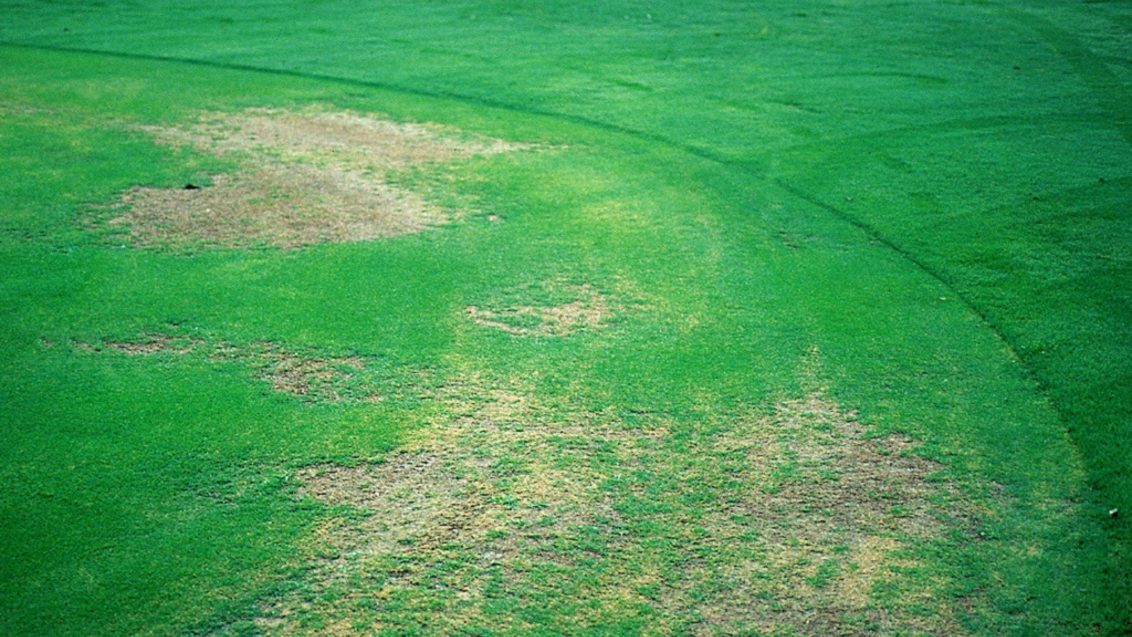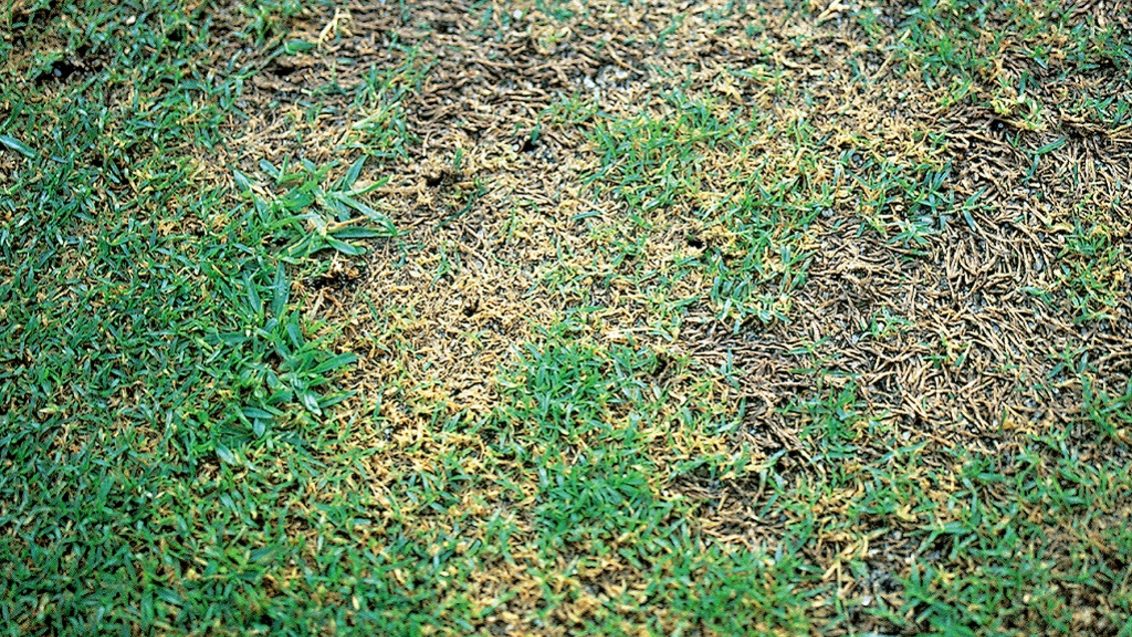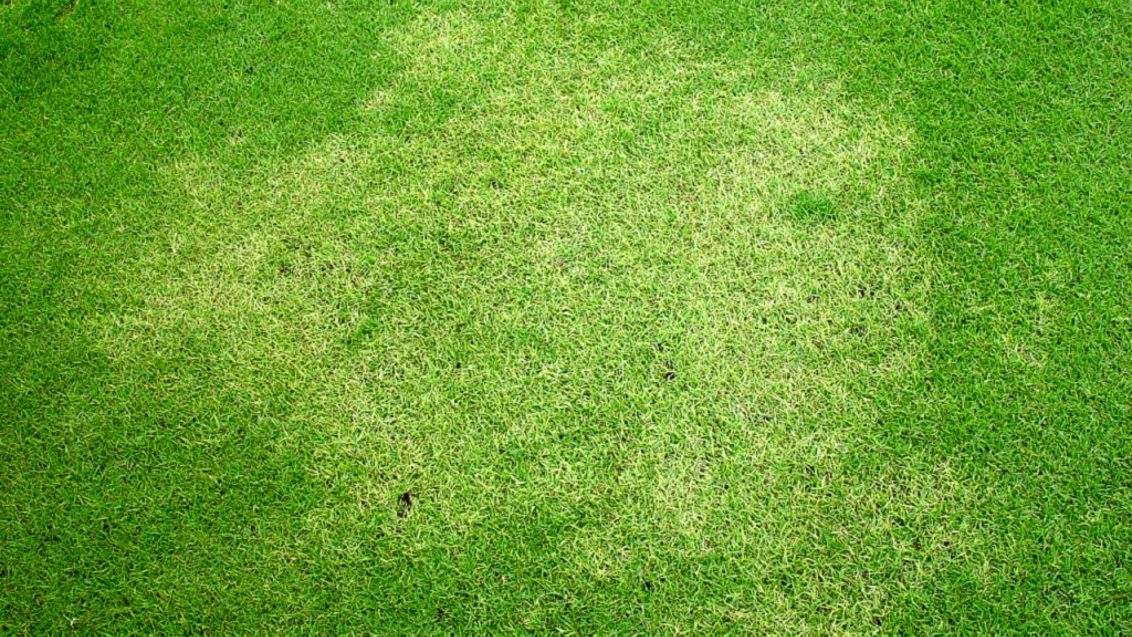Couchgrass Decline
Gaeumannomyces graminis var. graminis.
Disease of Roots
Susceptible Turf
Couch, Kikuyu, soft leaf Buffalo and Bent Grass
Symptoms
- The lower leaves become chlorotic and irregularly shaped patches up to 1 m in diameter then start to appear.
- Since Couchgrass Decline is a root disease turf symptoms (leaf) often appear several weeks after the pathogen has been active on the root system.
- Symptoms appear as irregular shaped patches of chlorotic turf that can range from a few centimeters to a meter in diameter
- Underground roots initially appear off white with black lesions, which progress rapidly to a black shortened rotted root system.
- Stolons and rhizomes may also become infected and show blackened lesions or a degree of rot.
- As the disease progresses, upper leaves are affected, roots turn brown, lesions develop on roots and the entire root system eventually turns black and rots completely.
Conditions Favouring Disease
- In combination with high temperatures, prolonged periods of rainfall are most conducive to this disease.
- During these periods management stresses will only worsen the symptoms.
- Symptoms often become more apparent under moisture stress.
- Symptoms are most likely to occur when the weather is hot and humid, rainfall is high and heavy cloud cover reduces light intensity and creates conditions that are not conducive to plant growth.
- The main fungus associated with the disease is Gaeumannomyces graminis var. graminis, which tolerates temperatures above 25°C and is therefore active throughout the warmer months of the year.
Management Tips
- Minimise stress – ensure greens are renovated well before the summer stress periods occur
- If root systems are severely damaged, adjust fertilization to account for the shallow less functional root system.
- Foliar feeding of nutrients at low rates frequently will be required.
- Particular attention must be paid to phosphorous, potassium and micronutrients while excessive nitrogen inputs (especially nitrate nitrogen) should be avoided.
- The pathogen Gaumannomyces graminis is active at lower pH. Thus avoid the use of lime.
- Additionally, raise the height of cut and irrigate to prevent moisture stress.
- The most effective way of preventing Couchgrass Decline is to raise the mowing height during periods when the disease is most likely to occur
- Fungicide applications are most effective if applied prior to the onset of symptoms.
General Comments
Couchgrass Decline is also known as Take-All Root Rot



